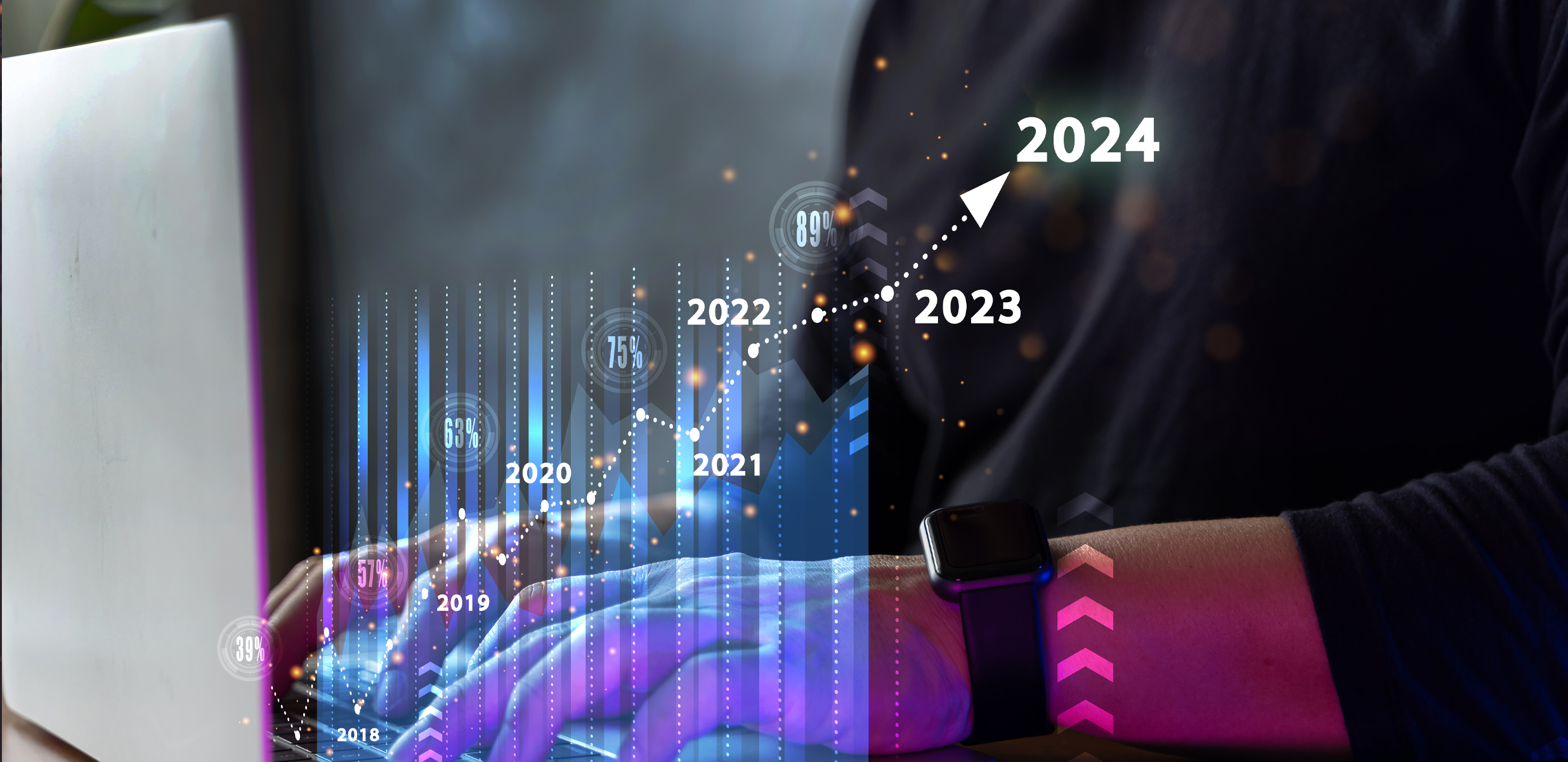
As we bid farewell to the challenges of 2023, it becomes imperative to delve into the anticipated digital landscape trends that will sculpt the narrative of the upcoming year. Despite the global economic uncertainties, the digital advertising industry stands resilient, projecting an impressive 8.2% surge in global ad expenditure, reaching a monumental $1 trillion.
Insights on Segmented Ad Spend
Within the United Kingdom, digital advertising spending showcased retail brands at the forefront, closely pursued by FMCG. In an unexpected turn, despite the travel sector experiencing a decline in investment, digital ad expenditure targeting travelers is poised to witness a notable 20.9% increase by year-end.
The Evolution of Ad Channels
The dynamics of ad channels witnessed a significant shift in 2023, with programmatic avenues like digital out-of-home (DOOH), connected TV (CTV), and in-game advertising experiencing substantial growth. The in-game advertising market is projected to reach an impressive €4.60 billion by 2027, exhibiting a robust compound annual growth rate of 12.62%.
Integration of Traditional and Newer Channels
A noteworthy trend that emerged was the fusion of emerging channels with traditional media, culminating in the creation of potent and effective marketing campaigns. Specifically, the investment in CTV in the UK saw a commendable 9.5% increase in 2023, with an additional 16.7% growth anticipated in 2024, solidifying its status as a formidable complement to linear TV efforts.
integration of Traditional and Newer Channels
A noteworthy trend that emerged was the fusion of emerging channels with traditional media, culminating in the creation of potent and effective marketing campaigns. Specifically, the investment in CTV in the UK saw a commendable 9.5% increase in 2023, with an additional 16.7% growth anticipated in 2024, solidifying its status as a formidable complement to linear TV efforts.
Retention and Reactivation in Uncertain Economies:
In anticipation of a gradual economic recovery, brands are advised to prioritize the maintenance of existing connections and the re-engagement of disengaged audiences.Robust loyalty programs emerge as pivotal tools, not only retaining consumers through discounts but also generating invaluable first-party data for enhanced personalization.
The Relevance of First-Party Data Activation:
With the emergence of stricter privacy regulations, the significance of first-party data amplifies. Brands are encouraged to leverage this data for creating personalized experiences, ensuring compliance with privacy standards, and fostering increased consumer engagement.
The Growing Role of AI in Performance Marketing:
Artificial intelligence (AI) is progressively becoming a driving force in digital marketing, offering heightened efficiency in campaign effectiveness and management. Marketers are urged to harness AI-powered technologies for data analysis, insights derivation, and the automation of operational processes.
The Potential of Programmatic Advertising in Maximizing AI:
The integration of AI-enabled programmatic platforms proves instrumental in precision targeting of desired audiences. The synergistic potential of programmatic advertising with AI not only streamlines campaign efficiency but also automates intricate procedures and extracts meaningful insights from expansive datasets.
Conclusion
As we approach the threshold of 2024, these discernible trends are poised to leave a lasting impact on the digital advertising landscape. Marketers are strongly encouraged to acquaint themselves with these advancements, strategically analyzing how these trends can be judiciously leveraged to achieve their objectives in the ever-evolving digital ecosystem.
